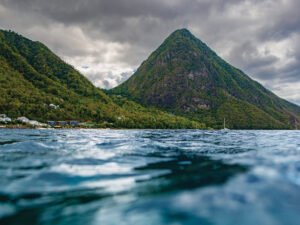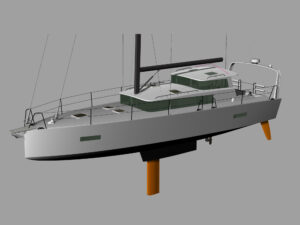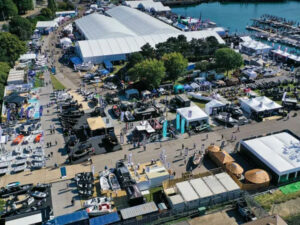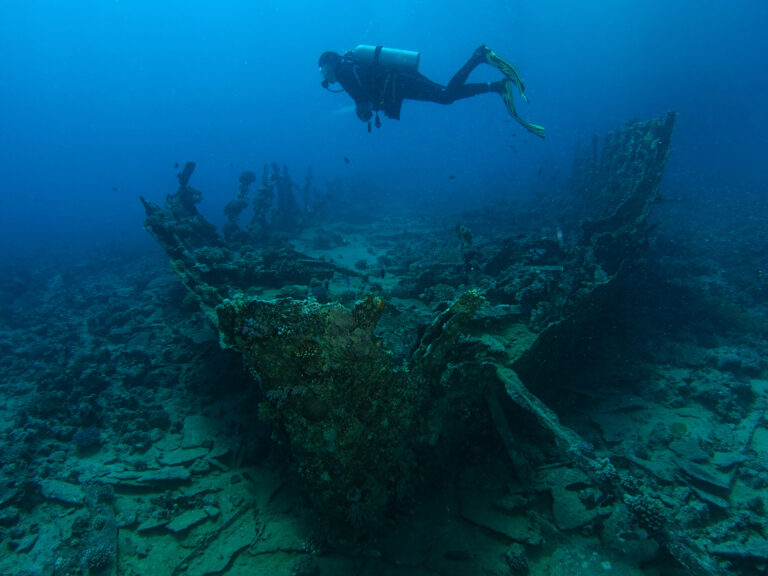
Watermakers140
If you’re preparing your boat for an extended cruise, you’re deciding which equipment you need and which would be merely nice to have. One of the most important decisions relates to fresh water, a cruising sailor’s most precious commodity.
On land, the average household uses water at a rate of approximately 100 gallons per person per day. As sailors, we are perforce niggardly with water, but even if we used water at a quarter of that rate, a family of four would still go through 700 gallons a week. On the other end of the scale, the average amount of drinking water needed to live is less than half a gallon per person per day, or 14 gallons per week for four. Of course, that doesn’t allow for rinsing dishes or personal hygiene. Without going overboard to save water but by still being fairly careful-i.e., not leaving the water running while brushing one’s teeth-a family of four could easily use 100 gallons per week. A midsize cruising boat may have tankage for 75 to 150 gallons of water, so that means you could spend an awful lot of time lugging jerricans or looking for somewhere with a hose to fill up instead of hanging out in some idyllic tropical anchorage. At up to 25 cents a gallon in many areas, fresh water ain’t cheap, either.
All things considered, it may not be hard to justify installing a watermaker on just about any cruising boat that’s going to be out of touch with civilization for an extended period. And with the option of a modular installation-meaning that various components can be installed throughout the boat wherever there’s room-finding the space should be less of a problem.
If your boat fits the high-end, all-the-comforts category, you’ll be using a great deal of water for dishwashing, laundry, and showers, not to mention keeping the boat clean. To power everything and keep your batteries topped up, your generator is going to be running for a substantial part of each day anyway, so it’ll make sense for you to install an AC watermaker.
Generally, AC high-pressure pumps force more seawater through the membrane-which translates to more fresh water per hour-than do DC units, but they’re very power hungry and draw more amperage than an inverter can usually provide, so they aren’t practical on a boat without a generator.
If your water needs aren’t as great and you don’t carry a generator, a 12- or 24-volt-DC watermaker will allow you to make fresh water whenever you like. You can then run your engine to recharge your batteries. DC watermakers use less power than AC watermakers, but their output is also usually less. In general, when estimating your AC- or DC-watermaker needs, take into account a few factors that will reduce the output of your watermaker. First, membranes over time become less efficient. Second, watermaker output is estimated for a given input temperature, usually 70 F; in colder waters, your watermaker’s output will be less. Finally, consider that you’ll use about seven gallons of water to flush the membrane after every use-and once you have a watermaker to spoil you, your freshwater use will no doubt increase.
If your tankage is sufficient for your needs and your available power is minimal, you may choose a simple watermaker that uses no power but operates instead by exploiting the boat’s forward motion to turn a propeller that’s hung from the stern. Some of these simple units can produce a gallon an hour if the boat’s moving quickly enough-faster, usually, than 5 knots.
The most basic watermakers have a hand pump and are suitable for inclusion in the abandon-ship bag. One manufacturer says its will produce a mouthful every 10 minutes. If you’re stuck in a life raft for a week or more, that could be the difference between survival and death.
No matter what your cruising style or budget, there’s a watermaker that could work for you. If you missed CW’s story on how watermakers work, see “The Well Is Never Dry.”








